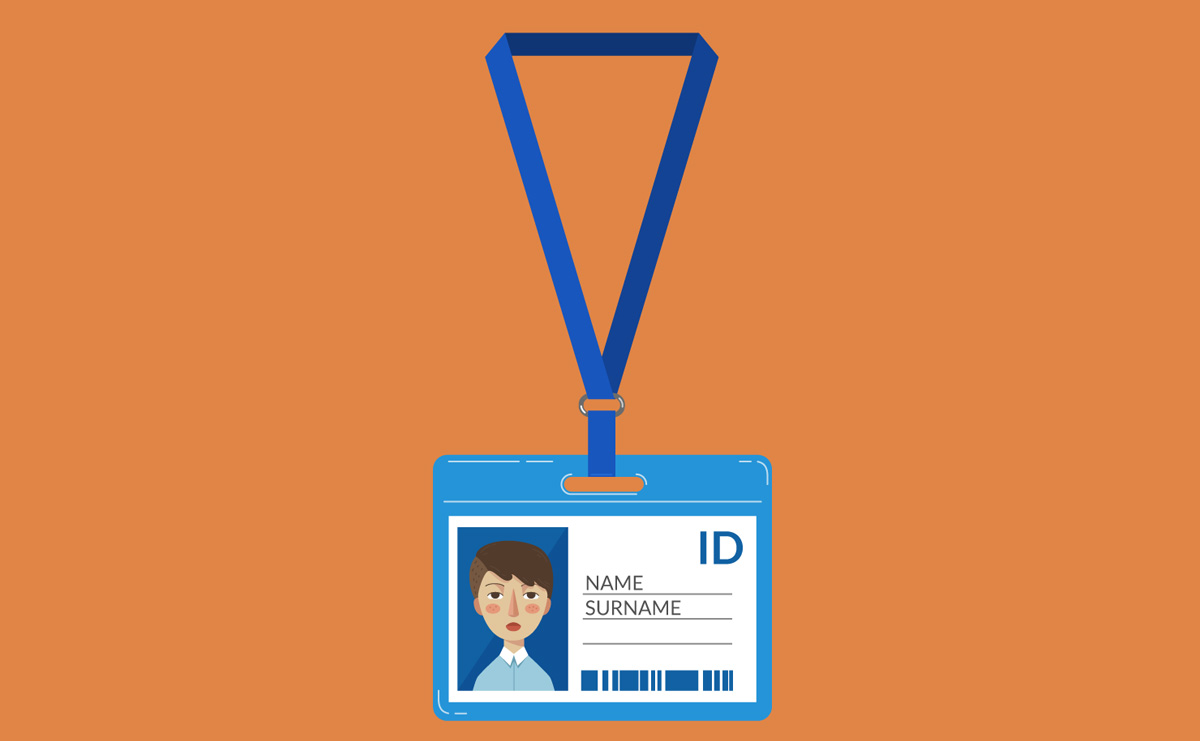Contents
How to Legally Change Your Name After Gaining Citizenship
Changing your name is a big decision, and it is important to understand the legal process so you can do it right. Whether you are changing your name for personal, cultural, or professional reasons, the steps to make it official can be simple with the right information. For many people, becoming a naturalized citizen is also a perfect time to consider a name change. This can be a way to reflect your new identity and celebrate this important milestone. When applying for an immigration name change, it is important to submit the necessary documentation, such as your marriage certificate or court order, to ensure the process is completed smoothly. In this article, we will break down how to legally change your name after gaining citizenship in the United States, Canada, and the United Kingdom, making sure you follow the correct legal steps in each country.
United States: Name Change After Naturalization
Step 1: Name Change During the Naturalization Process
One of the easiest ways to change your name in the United States is during the naturalization process. If you modify your name, you can indicate your preference when filling out the Form N-400 (Application for Naturalization). During your oath ceremony, the court will legally approve the name change as part of your naturalization order
It is important to note that the fee for a name change during the naturalization process can be quite high. This additional cost may be a consideration for those seeking to alter their name while obtaining citizenship, making it essential to plan accordingly.
Step 2: Changing Your Name After Naturalization
The naturalization name change process required you to submit proof of your marriage along with your original citizenship certificate. If you decide to change your name after becoming a U.S. citizen, the process involves the following:
- Filing a Petition for Name Change: You must file a name change petition at your local county courthouse. Each state has its own forms, but you can generally find the required documents on your state’s court website.
- Court Hearing: A court hearing will be scheduled after submitting the petition. In most cases, the judge will ask a few simple questions to ensure your name change is not for fraudulent purposes, such as avoiding debts or legal obligations.
- Publishing the Name Change: Some states require that you publish your new name in a local newspaper as a form of public notification. This step ensures transparency and helps prevent fraud.
- Receiving a Court Order: Once approved, the judge will issue a court order legally recognizing your new name.
- Updating Your Documents: With the court order in hand, update essential documents like your Social Security card, passport, driver’s license, and financial accounts to reflect your new name.
Step 3: Notify Government Agencies
After receiving your court order, you must notify the U.S. Citizenship and Immigration Services (USCIS) of your name change. You may need to update your Certificate of Naturalization by filing Form N-565 (Application for Replacement Naturalization Document).

Canada: Name Change After Citizenship
Step 1: Name Change During the Citizenship Application
In Canada, you cannot request a name change directly during naturalization. However, you can apply for a legal name change through your province or territory after becoming a citizen.
Step 2: Changing Your Name After Naturalization
To legally change your name in Canada after gaining citizenship, follow these steps:
- Gather the Required Documents: In most provinces and territories, you will need your citizenship certificate, government-issued photo ID, proof of residency, and birth certificate from your country of origin.
- Complete a Name Change Application: Submit a formal name change application to the Vital Statistics office of your province or territory. You must complete a form and pay a fee (fees vary by province).
- Undergo a Background Check: Some provinces require a background check to ensure the name change is not used to escape legal obligations or criminal prosecution.
- Receive Approval: Once your application is approved, you will receive an official certificate or letter confirming your new legal name.
- Update Your Citizenship Certificate: After legally recognizing your name change, you can request an updated Canadian Citizenship Certificate by applying through IRCC (Immigration, Refugees and Citizenship Canada). This involves submitting an application, the legal name change certificate, and the appropriate fee.
Step 3: Update All Your Documents
After legally recognizing your name change, update your passport, driver’s license, health card, and other legal documents. Each institution will have its own process, but you will generally need to provide your name change certificate and government-issued ID.
United Kingdom: Name Change After Citizenship
Step 1: Name Change During Naturalization
You cannot request a name change directly through the citizenship application in the United Kingdom. However, the name change process is straightforward after becoming a British citizen.
Step 2: Legally Changing Your Name After Naturalization
Here is how you can change your name after gaining citizenship:
- Deed Poll: A deed poll is the most common way to change your name in the UK. A deed poll is a legal document confirming you have decided to change your name and intend to use the new name for all official purposes.
- Create a Deed Poll: You can create a deed poll through a solicitor, online service, or even by drafting one yourself. However, most people choose a registered deed poll service to ensure the document is legally recognized.
- Signing the Deed Poll: Once the deed poll is completed, you and a witness unrelated to you must sign it.
- Enrolling the Deed Poll: Although not mandatory, enrolling in your deed poll with the Royal Courts of Justice ensures that your name change is published in the official public record.
Step 3: Update Your Documents
Once your deed poll is in place, update your passport, driving license, and other documents to reflect your new name. You will need to present the deed poll as proof of your name change.
Step 4: Notify HM Passport Office
If your name change occurred after obtaining citizenship, you must inform the HM Passport Office to update your passport. Depending on your circumstances, you may also need to notify the Home Office of the change.
Important Considerations
The process for an immigration name change varies depending on the individual’s country of residence and the type of visa they hold. It is essential to ensure consistency across all legal documents when undergoing an immigration name change, including passports and identification cards.
Notification of Financial Institutions and Credit Bureaus: After your name change is legally recognized, you must notify all relevant financial institutions, such as banks and credit card companies, to ensure your records are updated. Additionally, inform credit bureaus to prevent confusion or discrepancies in your credit report. Failure to do so could lead to issues with your financial standing or identity verification in the future.
Updating Legal Documents: Once your name change is legally processed, make sure to update all of your legal documents, including your passport, driver’s license, social security records, and any property deeds or wills. Incomplete updates may cause delays or complications in future transactions or legal matters.
Professional Licensing: If you hold any professional licenses (e.g., medical, legal, or real estate licenses), you must update the licensing bodies with your new name. Some jurisdictions or industries may require additional paperwork or proof of the name change before updating your license, so it is essential to review the specific requirements of your profession.
Impact on Immigration or Residency Status: If you are an immigrant or a resident of a country on a visa, ensure that the name change is reported to the relevant immigration authorities. Some countries may have specific procedures for name changes to ensure your immigration status is not affected, and failure to comply may cause complications with travel or residency.
Impact on Children’s Names: If you are a parent, consider the impact of your name change on your children’s legal documents. Depending on the jurisdiction, you may also need to apply for a name change for your children, especially if you share the same last name. Be aware that courts often prioritize the best interests of the child when reviewing such applications.
Cultural and Social Considerations: Changing your name might also impact your cultural or religious affiliations. Suppose your new name reflects a change in cultural or religious identity. In that case, it is worth discussing with relevant community leaders or members to ensure it aligns with any customs or practices that might be affected.
Employer and Insurance Updates: Ensure your employer updates all employment-related records, including your payroll, benefits, and insurance information. This will help avoid any potential issues with salary payments, tax filings, or medical insurance claims under your previous name.
Court Order Publication Requirements: In certain countries or states, you may be required to publicly announce your intent to change your name through a newspaper publication or other means. This ensures transparency and allows the public to raise any objections. Be sure to check whether this step is necessary in your jurisdiction and adhere to any publication deadlines.
Final Thoughts
Changing your name is a big decision, and understanding the legal steps can make the process much easier. Whether you are changing your name for personal, cultural, or professional reasons, it is important to follow the right procedures so everything is official. Each country has its own rules, whether you are filing petitions in the U.S., applying through your province in Canada, or using a deed poll in the U.K. Once the legal change is done, make sure to update all your important documents and notify the right institutions, like your bank or employer, to avoid future issues. Taking care of these details will help you smoothly transition into your new name and identity, giving you peace of mind as you move forward.
Frequently Asked Questions
What if a citizen requests a name change after the citizenship ceremony?
If a citizen requests a name change after their citizenship ceremony, they must follow the legal name change process specific to their country or jurisdiction. Typically, this involves filing a petition with the local court, paying a fee, and providing a valid reason for the change, such as personal preference, marriage, or divorce. Supporting documents, including proof of citizenship and identification, may be required. Sometimes, the court may hold a hearing before approving the request, after which a legal name change order is issued. Once the name change is granted, the individual must update their records with various government agencies, such as obtaining a new passport, updating Social Security information, and revising their driver’s license. If the name change occurs shortly after naturalization, they can also request an updated naturalization certificate by submitting the court order to the immigration authorities and paying a fee. The specific steps and requirements can vary depending on the region, so following the jurisdiction’s legal guidelines is important.
Can I change my name after submitting my Canadian citizenship application?
Yes, you can change your name after submitting your Canadian citizenship application, but the process varies depending on the stage of your application. If you have already submitted your application but have not yet become a citizen, you can contact Immigration, Refugees, and Citizenship Canada (IRCC) to update your name, provided you submit legal documentation such as a name change certificate or an updated birth or marriage certificate. If you wish to change your name after becoming a citizen, you will need to apply for a legal name change in your province or territory and then update your citizenship documents, including your citizenship certificate. It is important to notify IRCC as soon as possible if you plan to change your name during the application process to avoid any potential delays or complications.
Do I need a legal name change if my Canadian citizenship certificate is wrong?
If your Canadian citizenship certificate contains an error in your name, you do not need to undergo a legal name change. Instead, you can request a correction through Immigration, Refugees and Citizenship Canada (IRCC). Suppose the issue is a clerical error, such as a misspelling or typo. In that case, you can apply for a corrected citizenship certificate by submitting the Application for a Citizenship Certificate (CIT 0001), along with a letter explaining the mistake and any supporting documents like your birth certificate or passport. However, suppose the name on the certificate matches your legal name, but you wish to change it for personal reasons (such as marriage or a legal name change). In that case, you must complete the legal name change process through your provincial or territorial government. Once the legal change is processed, you can apply for a new citizenship certificate reflecting your updated name by providing proof of the legal name change. Ensuring your certificate matches your current legal name for other official documents like your passport for corrections and legal name changes is essential.
How to change name on citizenship certificate after marriage?
To change your name on a citizenship certificate after marriage, you are required to follow a few key steps. First, gather essential documents, including your original citizenship certificate, a government-issued ID displaying your new married name, and your marriage certificate as proof of the name change. Next, complete the relevant name change request form making sure to include both your current and new names. Be prepared to pay the required fees, which can vary depending on your country’s regulations. Once your application is complete, submit it along with the necessary documents to the appropriate government agency, either online or by mail. Processing times may vary, so monitor the status of your application through updates from the issuing authority.
Disclaimer: The content provided on this blog is for informational purposes only and does not constitute legal, financial, or professional advice.







